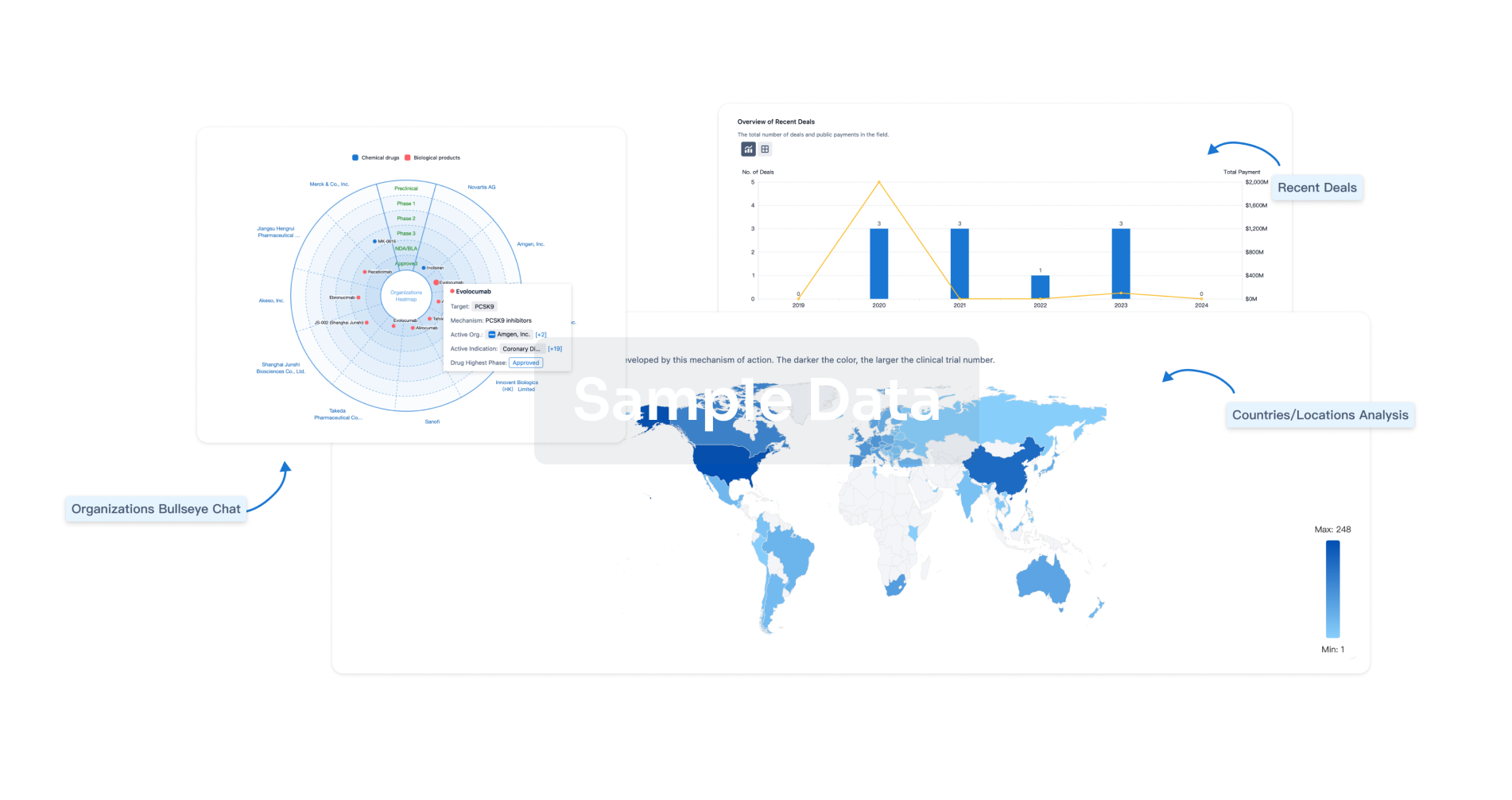Request Demo
Last update 08 May 2025
KAT2A
Last update 08 May 2025
Basic Info
Synonyms GCN5, GCN5 general control of amino-acid synthesis 5-like 2 (yeast), GCN5L2 + [11] |
Introduction Protein lysine acyltransferase that can act as a acetyltransferase, glutaryltransferase, succinyltransferase or malonyltransferase, depending on the context (PubMed:29211711, PubMed:35995428). Acts as a histone lysine succinyltransferase: catalyzes succinylation of histone H3 on 'Lys-79' (H3K79succ), with a maximum frequency around the transcription start sites of genes (PubMed:29211711). Succinylation of histones gives a specific tag for epigenetic transcription activation (PubMed:29211711). Association with the 2-oxoglutarate dehydrogenase complex, which provides succinyl-CoA, is required for histone succinylation (PubMed:29211711). In different complexes, functions either as an acetyltransferase (HAT) or as a succinyltransferase: in the SAGA and ATAC complexes, acts as a histone acetyltransferase (PubMed:17301242, PubMed:19103755, PubMed:29211711). Has significant histone acetyltransferase activity with core histones, but not with nucleosome core particles (PubMed:17301242, PubMed:19103755, PubMed:21131905). Has a a strong preference for acetylation of H3 at 'Lys-9' (H3K9ac) (PubMed:21131905). Acetylation of histones gives a specific tag for epigenetic transcription activation (PubMed:17301242, PubMed:19103755, PubMed:29211711). Recruited by the XPC complex at promoters, where it specifically mediates acetylation of histone variant H2A.Z.1/H2A.Z, thereby promoting expression of target genes (PubMed:29973595, PubMed:31527837). Involved in long-term memory consolidation and synaptic plasticity: acts by promoting expression of a hippocampal gene expression network linked to neuroactive receptor signaling (By similarity). Acts as a positive regulator of T-cell activation: upon TCR stimulation, recruited to the IL2 promoter following interaction with NFATC2 and catalyzes acetylation of histone H3 at 'Lys-9' (H3K9ac), leading to promote IL2 expression (By similarity). Required for growth and differentiation of craniofacial cartilage and bone by regulating acetylation of histone H3 at 'Lys-9' (H3K9ac) (By similarity). Regulates embryonic stem cell (ESC) pluripotency and differentiation (By similarity). Also acetylates non-histone proteins, such as CEBPB, MRE11, PPARGC1A, PLK4 and TBX5 (PubMed:16753578, PubMed:17301242, PubMed:27796307, PubMed:29174768, PubMed:38128537). Involved in heart and limb development by mediating acetylation of TBX5, acetylation regulating nucleocytoplasmic shuttling of TBX5 (PubMed:29174768). Acts as a negative regulator of centrosome amplification by mediating acetylation of PLK4 (PubMed:27796307). Acts as a negative regulator of gluconeogenesis by mediating acetylation and subsequent inactivation of PPARGC1A (PubMed:16753578, PubMed:23142079). Also acts as a histone glutaryltransferase: catalyzes glutarylation of histone H4 on 'Lys-91' (H4K91glu), a mark that destabilizes nucleosomes by promoting dissociation of the H2A-H2B dimers from nucleosomes (PubMed:31542297).
(Microbial infection) In case of HIV-1 infection, it is recruited by the viral protein Tat. Regulates Tat's transactivating activity and may help inducing chromatin remodeling of proviral genes. |
Analysis
Perform a panoramic analysis of this field.
login
or

AI Agents Built for Biopharma Breakthroughs
Accelerate discovery. Empower decisions. Transform outcomes.
Get started for free today!
Accelerate Strategic R&D decision making with Synapse, PatSnap’s AI-powered Connected Innovation Intelligence Platform Built for Life Sciences Professionals.
Start your data trial now!
Synapse data is also accessible to external entities via APIs or data packages. Empower better decisions with the latest in pharmaceutical intelligence.
Bio
Bio Sequences Search & Analysis
Sign up for free
Chemical
Chemical Structures Search & Analysis
Sign up for free

